上海北芳物流公司危险化学品运输管理研究
摘要危险化学品在现代社会生产和生活中使用广泛,但危险化学品大多具有易燃、易爆、腐蚀、毒害等性能,尤其在运输过程中易造成对社会、人员和环境的重大损害,一旦发生事故将会给社会生产和人身安全带来严重影响。危险化学品运输管理既要把安全放在第一位,又要满足客户供应链管理对高质量物流服务的要求。安全管理需要物流企业投入大量人力物力,这增加了企业的运营成本;客户供应链管理又要求物流企业能提供低价格高质量的运输服务。这要求物流企业必须提高运输管理水平,降低运营成本。目前该行业管理比较混乱,效率也比较低。基于以上背景,本人提出了“上海北芳物流有限公司危险化学品运输管理研究”这一研究课题,并对此进行了相应的分析、...
相关推荐
-
我国基层财政困难的制度成因分析与对策研究VIP免费
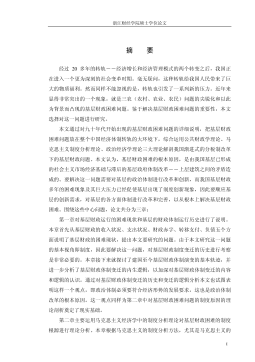
 2024-09-20 33
2024-09-20 33 -
我国煤电产业链纵向交易合约机制研究VIP免费
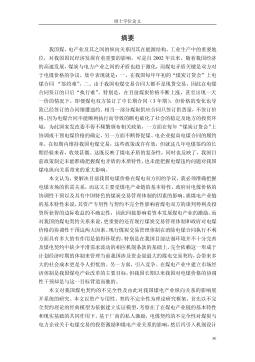
 2024-09-20 28
2024-09-20 28 -
生产要素视角下的上海市产业结构优化研究VIP免费
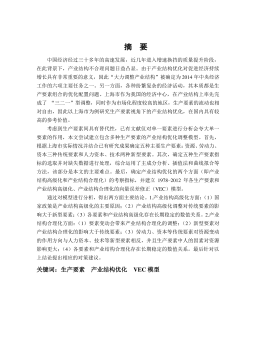
 2025-01-09 7
2025-01-09 7 -
我国银行业结构与经济结构关系研究VIP免费
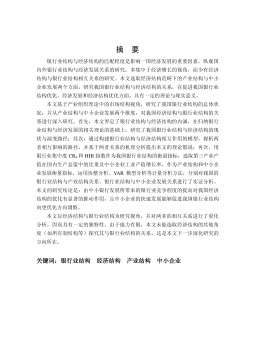
 2025-01-09 7
2025-01-09 7 -
大数据视角下农业供应链金融研究VIP免费
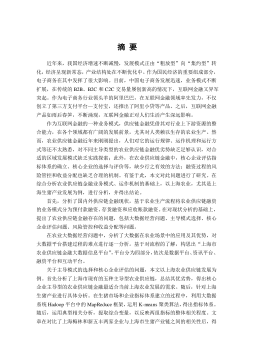
 2025-01-09 6
2025-01-09 6 -
跨国大型综合超市的规划研究VIP免费
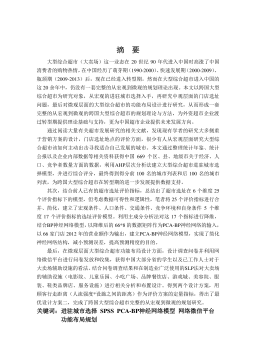
 2025-01-09 6
2025-01-09 6 -
跨境电商农产品质量安全问题研究VIP免费
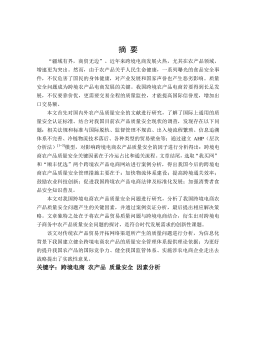
 2025-01-09 7
2025-01-09 7 -
世界市场的虚拟化与我国国际电子商务发展方向研究VIP免费
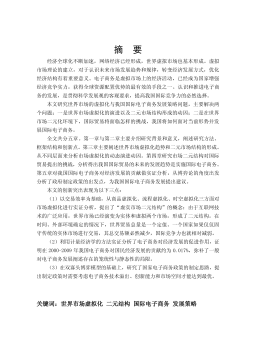
 2025-01-09 9
2025-01-09 9 -
中国政府对电力行业的价格规制问题研究VIP免费
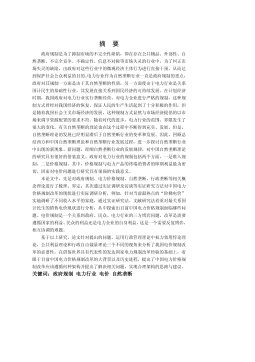
 2025-01-09 14
2025-01-09 14 -
中小企业信息化系统集成技术研究VIP免费

 2025-01-09 14
2025-01-09 14
相关内容
-

跨国大型综合超市的规划研究
分类:高等教育资料
时间:2025-01-09
标签:无
格式:PDF
价格:15 积分
-

跨境电商农产品质量安全问题研究
分类:高等教育资料
时间:2025-01-09
标签:无
格式:PDF
价格:15 积分
-

世界市场的虚拟化与我国国际电子商务发展方向研究
分类:高等教育资料
时间:2025-01-09
标签:无
格式:PDF
价格:15 积分
-

中国政府对电力行业的价格规制问题研究
分类:高等教育资料
时间:2025-01-09
标签:无
格式:PDF
价格:15 积分
-

中小企业信息化系统集成技术研究
分类:高等教育资料
时间:2025-01-09
标签:无
格式:PDF
价格:15 积分





